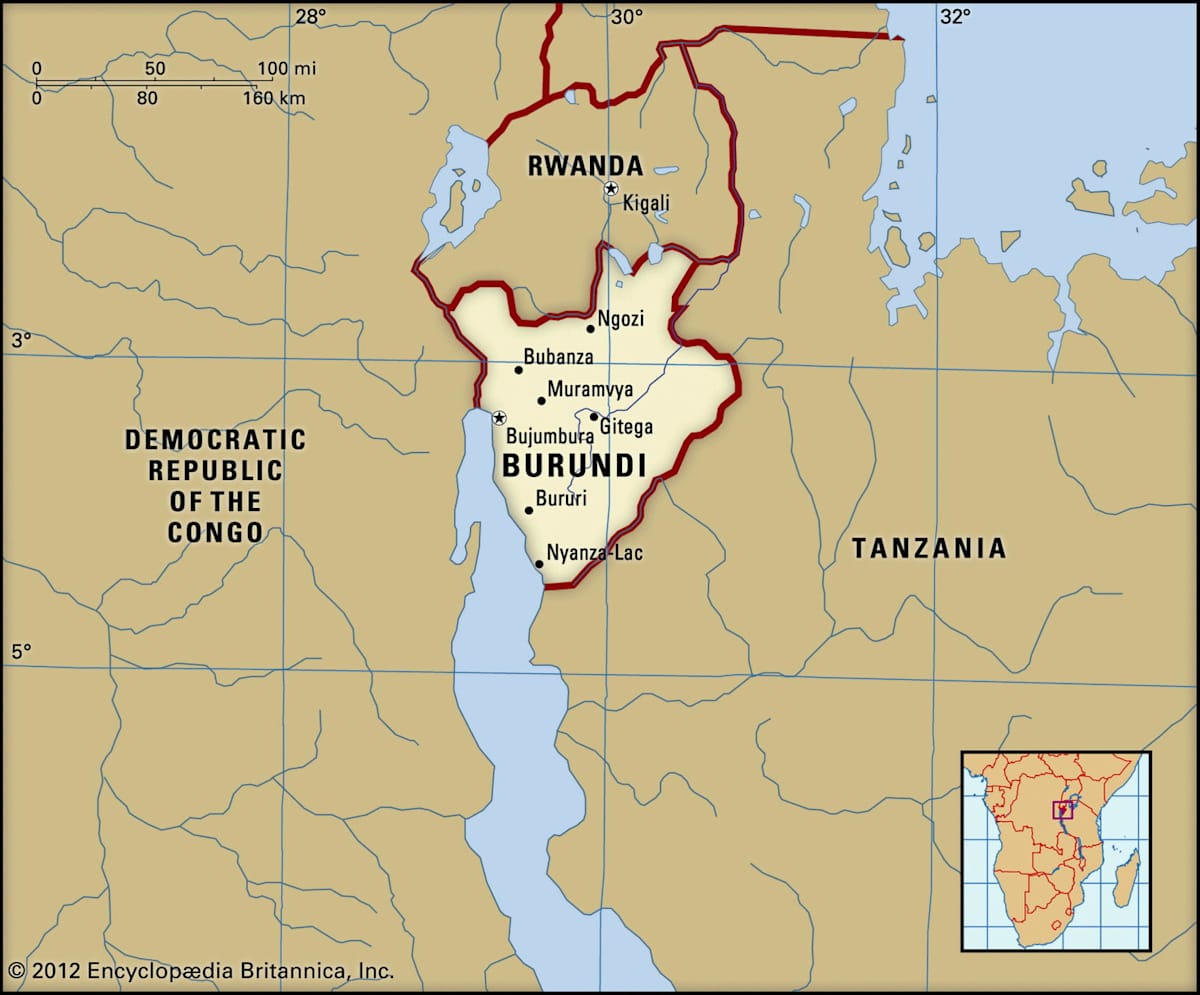Sometimes great events touch us deeply.
In June 1972 when I was twenty-two years old I was sitting in a student cafeteria at the University of Luanda reading the International Herald Tribune. Angola was then Portuguese but armed African guerrillas in the countryside were fighting to overthrow white-minority rule. In fact, I recently had been hosted at the Zaire border by conscripted Portuguese soldiers who recently had seen combat with guerrillas. What caught my eye in the Herald Trib was an article about ethnic killings in Burundi. I had recently been near Burundi in Rwanda, having hitchhiked from Ethiopia to Kenya and Uganda, then to Zaire and Angola. The article described a bloody uprising in April 1972 where Hutu rebels had used pangas — machetes — to kill hundreds of unsuspecting Tutsi citizens with the idea of sparking a civil war to end Tutsi rule. Even more shocking were the slaughters by the Burundi army that followed. The Tutsi-led army countered the Hutu death squads of with a much bigger, much better organized ethnic bloodletting of their own, killing Hutus, especially educated Hutus, specifically any Hutu who had completed the fourth grade. Tens of thousands were already dead and the killings were gathering momentum with no end in sight. As we now know, by 1973 well over 200,000 Hutus had been murdered.
The IHT article made a deep impression on me. How could so many people be murdered so quickly? More importantly, why was the world ignoring it? And why and how did it come about? What if I had decided, as was entirely possible, to visit Burundi myself? And if I had, I would have been there when the killings broke out. What then? The entire African continent seemed to be on a bloody run. A year or two back, peace had been restored to Zaire, formerly the Democratic Republic of the Congo, after ten years of mayhem and revolt. Mass ethnic killings were in full swing in 1972 in Uganda, where I had been, led by the Ugandan army under Idi Amin. And all of southern Africa, not just Angola, was in revolt against white minority rule.
I intensively studied Africa and African history during the few years I lived on the continent. That unforgettable newspaper account of Burundi from June 1972 was always alive in my head but reliable information about Burundi was hard to find. Libraries didn’t have much on it. It was only in the 1980s that I began to get some sense of what had taken place.
When I returned from my travels in 1977 I wanted to write about my travels. But what kind of book? I had spent three years in Africa. I obviously had a huge amount of material. My mother was constantly after me for stories about Africa but I didn’t want to produce a memoir-like series of anecdotes. I felt sure writing a novel would have greater impact. And the role that race and racial hatred was playing in Africa, which I had witnessed at close hand, continued to amaze me. Into the mix was a series of construction jobs I had worked starting in Zaire, where I encountered anti-Semitic zealots who didn’t care who heard their rantings and who even tried to recruit me to their cause. This Jew-hatred was surprisingly widespread, if marginal, but it struck me as of the same coin as what was going on in Africa: using hatred of the Other as a path to power. And what if one of those fanatics, instead of stupidly trying to recruit me, a Jew, instead fastened onto a non-Jew as the mistaken object of their hatred? That thought was the inspiration for Jake Ries.
I poured it out, as much as I could, as fast as I could that summer. When I took up my labors again decades later I had excellent access to English and French-language sources on the 1972 Burundi events. I created a cast of imaginary characters and put them through all I had seen and lived through and learned about Africa. What emerged was the manuscript of DRINKING FROM THE STREAM.
